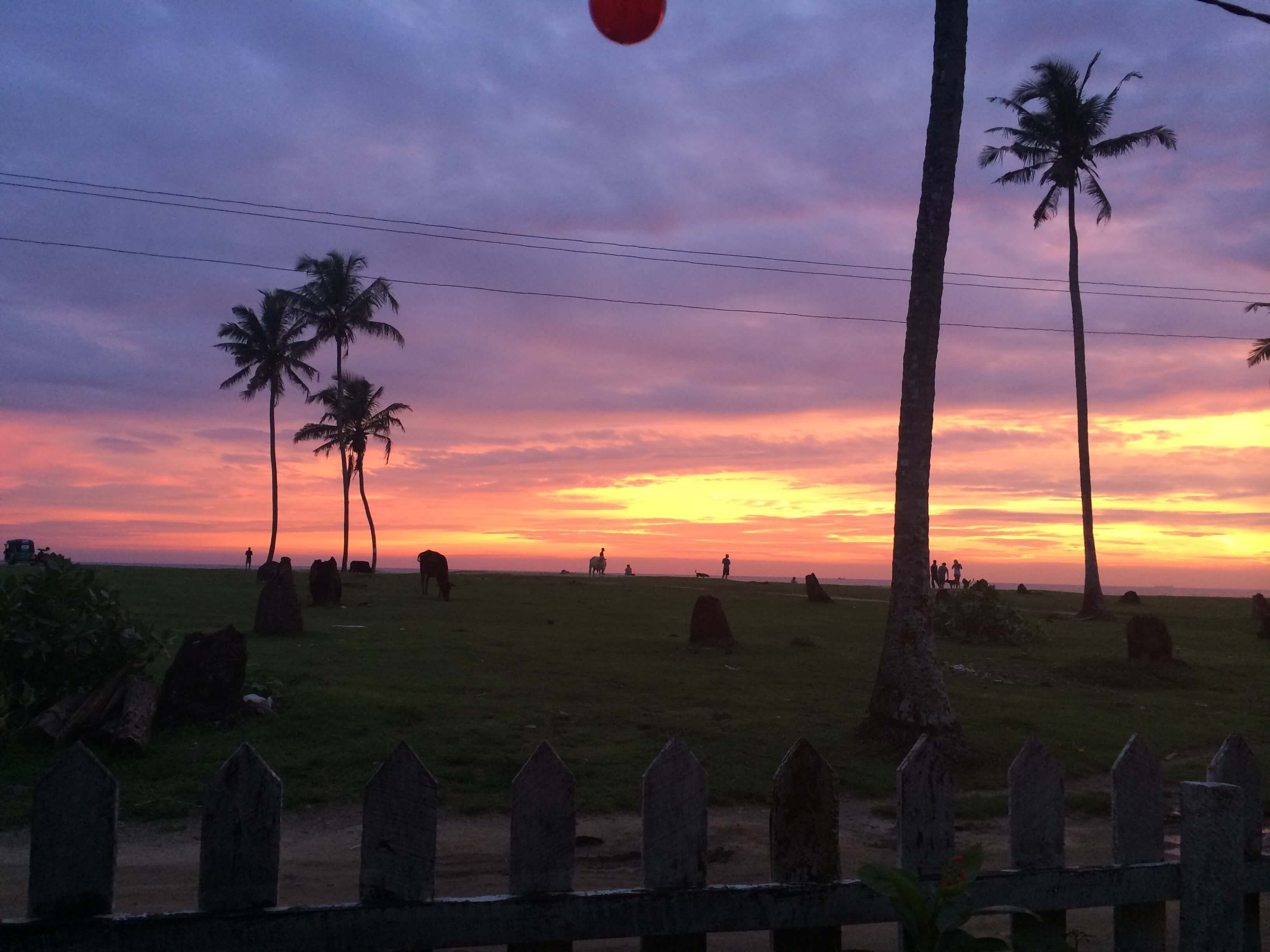I pictured the Ballard Locks to be just some docks spread out into the water where you could see all boats big and small crossing. I am not sure where exactly I got that idea considering that the Locks actually are the pathway that boats take when they cross from Puget Sound into Lake Washington, or vice versa.
When I mentioned to my sister-in-law that I had never been to the Ballard Locks, she couldn’t believe her ears. Her father is a self-proclaimed expert of this tourist attraction, having taken approximately 500 Seattle guests to visit over the years. This knowledge settled our dilemma of how to spend our last day together in Seattle.
This is what I thought the Locks might resemble.
As we headed to The Locks on yet another cloudy, grey Seattle day we were surprised to see how crowded it actually was, with tourists all vying to see as the boats moved in and out. We watched as a couple of sailboats passed through the smaller of the two canals and our unofficial tour guide explained the reasoning behind the process.
First of all The Locks separate the salt water of Puget Sound from the fresh water of Lake Washington and the opening and closing doors prevent the majority of mixing of the two waters. More importantly though, I learned that salt water is heavier than fresh water meaning that Puget Sound sits approximately 20 feet lower than Lake Washington, hence the barrier. If the ships were to have the freedom to pass in and out between the two bodies of water, not only would the concentrations mix but Puget Sound would also be forced to rise to the level of Lake Washington or vice versa.
This is what the Locks actually look like.
Watching as they empty and fill the chamber of each canal is a slow yet interesting process, one that warrants many summer camp educational field trips, which I gathered as we were surrounded by adolescents in bright green t-shirts.
After watching a large tugboat heading out of the lake to make its return to San Francisco we moved on, heading down to the Salmon Ladder. The ladder is a system which helps the salmon species to more easily travel between the salt and fresh water, respectively, for the season. At the time, although my sister-in-law mentioned it was drastically less crowded that usual for the time of year, the fish are heading back to the fresh water to begin their transformation before spawning season. They will move to Lake Washington for the next three months where the males will completely change in both color and shape before moving on again to nearby rivers of Washington. Once there they begin the long process of laying their eggs.
We were lucky to be joined by a tour group and, much unlike the tour leaders in Europe, the guide was more than happy to let us join in and listen as she shared her knowledge of the salmon spawning process. It was a very interesting talk and I learned a lot. Interestingly enough (and sadly) only about 2 of 5,000 salmon babies make it through the entire life cycle from transfer to salt water, growth, migration back to fresh water and spawning. Those odds aren’t very promising when you equate them to your chances of survival!
There is a lot to learn from the Ballard Locks, a lot that I would have never even realized existed had I not insisted that Lorenzo see the biggest tourist attraction in Seattle (okay so I didn’t know it was the biggest until we arrived, but still).
It was a fun way to spend the day, plus, afterward you exit into the cute little suburb of Ballard which is now full of up and coming restaurants and bars to try out!






